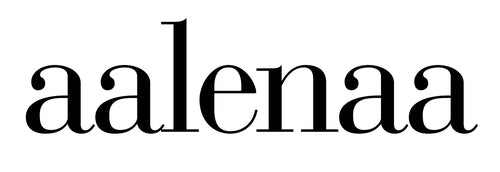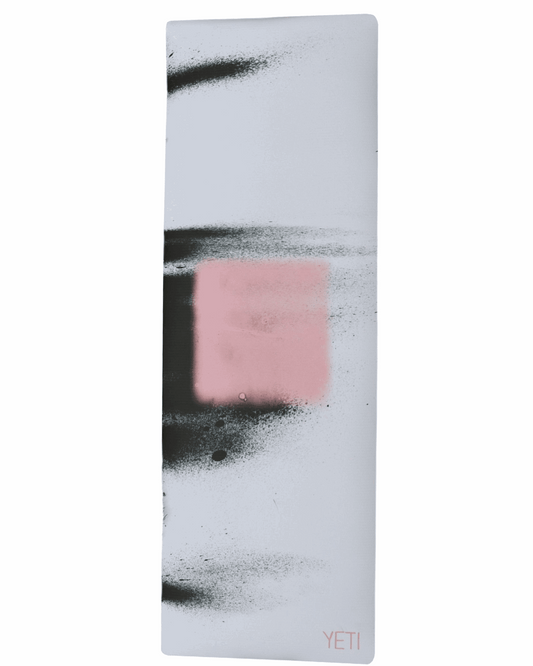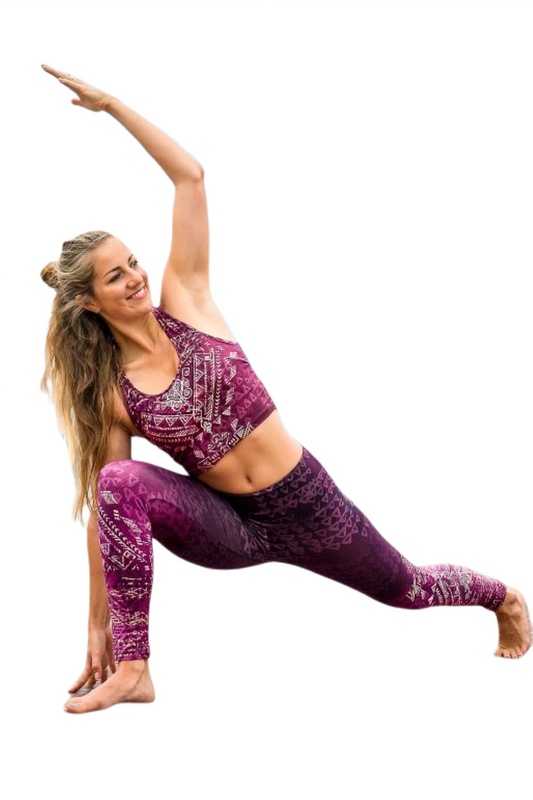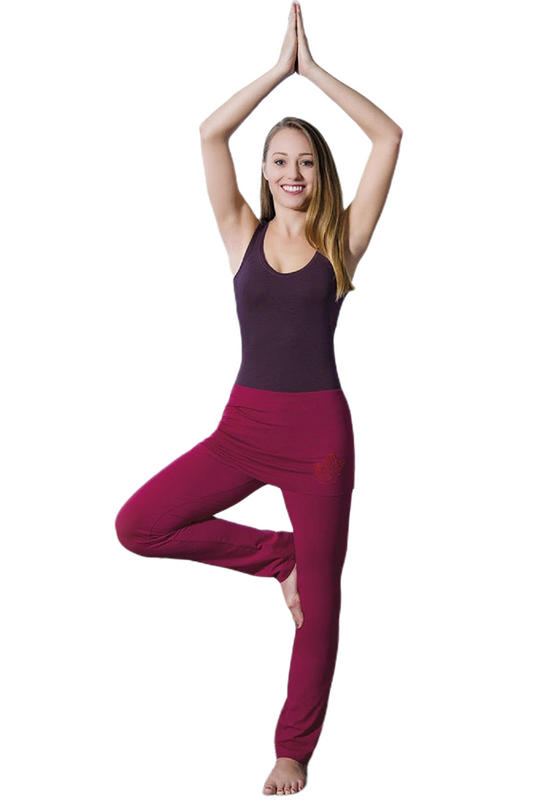Kundalini Yoga: Discover your true self
Instead of the usual "Oms", Kundalini Yoga uses the term "Sat nam", which means "my true self" in German. This is at the same time the core of this yoga style - the recognition of the true self.
Unlike other yoga styles, Kundalini was considered a North Indian secret accessible to only a few people for many thousands of years. It was only in 1969 that a guru named Jogi Bhajan decided to unravel the well-kept secret: out of necessity, he believed, as the world would no longer be balanced in the near future. In order to cope with the external pressures of this difficult time, people need the holy doctrine. Following his inner destiny, Bhajan taught in California from then on. There he helped, among other things, drug-addicted hippies with his holistic yoga practice from addiction.
- Yoga accessories from aalenaa -
What is Kundalini Yoga?
The word "Kundalini" means "serpent power". Symbolically, the style stands for a coiled, sleeping snake that is awakened by spiritual experience and ascends with the energy channels. For this purpose, Kundalini Yoga uses an inner source of power, the Kundalini energy. This universal life force, which naturally lies dormant in all human beings, can bring about comprehensive changes. In particular, it realigns one's energy levels, leading to a more intuitive, conscious, and perceptive perception. From a technical point of view, Kundalini Yoga activates the chakras, the seven power centers. You can imagine these small energetic vortices along your spine. Every single vertebra of them vibrates at a certain frequency and in this way improves or impairs our well-being.
Once these energy centers are balanced, the human body becomes a creative energy source. Anyone who practices the Kundalini exercises regularly and routinely gets much closer to the highest chakra, the "true self" of enlightenment without ego, pain or a painful past.
What to expect from a Kundalini class
Unlike some styles, such as hatha yoga, you practice set exercises during a Kundalini class. Depending on the asana, these can sometimes last several minutes. The outward appearance of Kundalini yogis also stands out clearly from other yoga styles: In Kundalini yoga, teachers and students traditionally practice in white clothing with a turban. According to ancient wisdom, this approach should have a positive effect on the collective and individual energetic field. The turban, in turn, is an ancient relic of the Sikh religion, in which all male believers wore a turban. Of course, wearing a turban during a Kundalini class is not a must. Alternatively, you can use a cotton cloth or a hat – or you can practice completely without a hat. However, you should think of a soft surface such as sheepskin, since many exercises are practiced while sitting.
Process of a Kundalini class
A different topic awaits you in each Kundalini class. First, the teacher opens the Kundalini class with a breathing exercise. This is followed by fixed kriyas, which produce the energetic effects. After a meditative session, the class ends with deep relaxation.
Who is Kundalini Yoga suitable for?
Achieving physical fitness is not the focus of this style of yoga. But energetic changes on a spiritual level that strengthen the vegetative nervous system and balance the hormone balance. This yoga style is therefore suitable for you if you long for holistic spiritual awareness experiences within the framework of a meditative yoga style.
Kundalini Yoga breathing exercises
You start with breathing exercises during your yoga practice. Such an essential exercise in Kundalini Yoga is, for example, fire breathing (Kapalabhati). This exercise brings your awareness into the here and now. The fire breath also helps to release energetic vibrations and to be prepared for the following asanas. To do the fire breath, breathe in deeply through your nose and out again. Then you only breathe in briefly and breathe out dozens of times violently through your nose with your stomach drawn in.







































